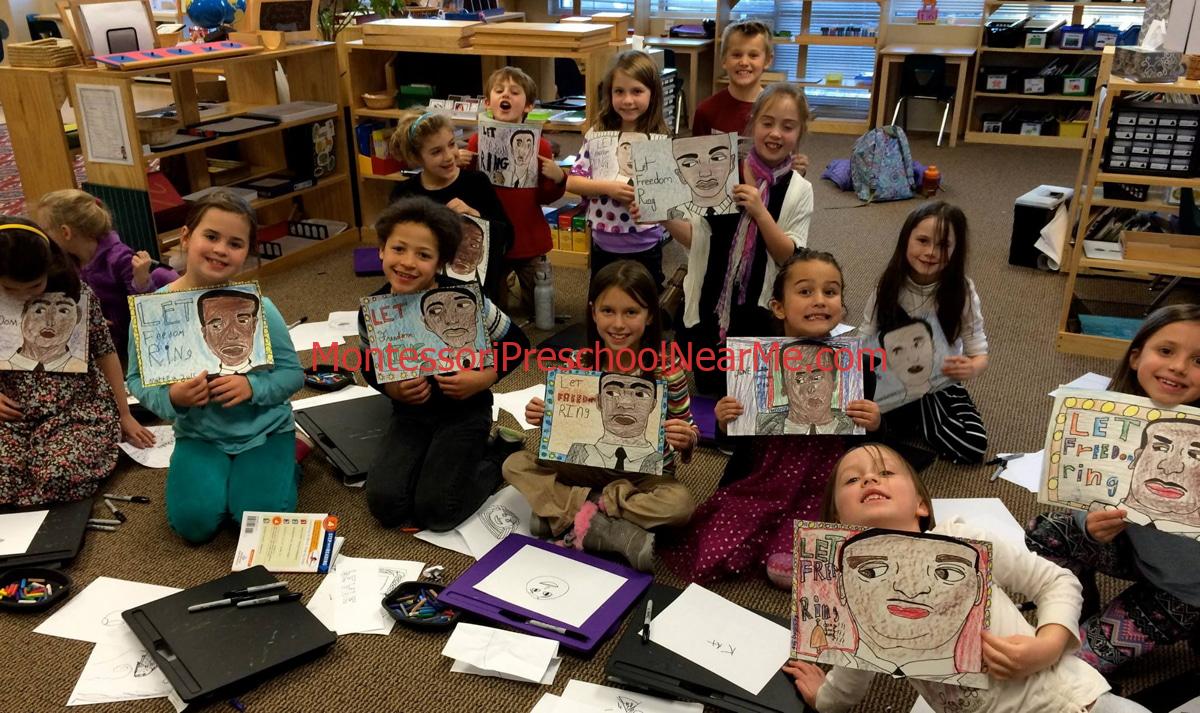
In the world of education, the Montessori method stands out as a unique and effective approach to fostering independent thinking, problem-solving skills, and a love for lifelong learning in children. At the heart of the Montessori philosophy lies the careful set up and arrangement of the classroom environment. Unlike traditional preschools filled with bright colors and plastic toys, Montessori classrooms focus on simplicity, organization, and a minimalist aesthetic. This intentional design creates a calm and conducive learning environment where children can thrive and reach their full potential.
In this comprehensive guide, we will dive into the art of revamping a Montessori classroom, exploring the principles of minimalism and organization that underpin this approach. We will learn how to create an optimal learning environment, utilize child-sized furniture, and incorporate key elements of the Montessori philosophy. From practical life skills to STEAM education and cultural sensitivity, we will uncover the diverse areas of learning that Montessori classrooms embrace. So, if you’re ready to transform your classroom into a minimalist haven of learning, let’s embark on this exciting journey into the world of Montessori classroom set up.
Montessori Classrooms: Embracing Simplicity and Organization
In Montessori classrooms, less is truly more. Unlike traditional preschools that often overwhelm children with a myriad of bright colors, busy patterns, and plastic toys, Montessori classrooms prioritize simplicity and organization. The intentional design of the classroom environment plays a vital role in creating a calm and conducive space for learning.
Montessori classrooms feature limited wall décor and natural furnishings. Instead of being visually overloaded, children are greeted with an organized and uncluttered space that allows them to focus on their learning tasks. Materials made of wood are arranged on open shelves, within easy reach of children. This setup promotes independence and exploration, as children are empowered to choose and engage with materials that pique their interest.
Unlocking the Power of Minimalism
Minimalism is a core principle in Montessori classroom set up. By embracing minimalism, educators can create an environment that supports concentration, order, and inner harmony in children.
Minimalism in a Montessori classroom extends beyond aesthetics. It is about consciously eliminating distractions and unnecessary clutter that can hinder a child’s focus and engagement. The emphasis is on providing carefully selected materials that encourage exploration, creativity, and deep learning.
To unlock the power of minimalism in your Montessori classroom, consider the following tips:
Tip 1: Declutter Regularly
Regularly assess and declutter your classroom materials. Remove items that are rarely used or no longer serve a purpose. By keeping the classroom environment clean and organized, you create a more conducive space for learning.
Tip 2: Provide Open Spaces
Offer ample open spaces for movement within the classroom. Montessori classrooms prioritize freedom of movement, allowing children to navigate the environment with ease. Avoid overcrowding with furniture or excessive decorations that restrict movement.
Tip 3: Use Neutral Colors
Choose neutral colors for walls, furniture, and materials. Neutral colors have a soothing effect on children and promote a sense of calmness and focus. Avoid bright, stimulating colors that can be overwhelming and lead to distractions.
Tip 4: Display Materials Thoughtfully
Arrange materials on open shelves in an orderly and accessible manner. Each material should have designated spaces to maintain organization and encourage children to return items to their proper place after use. This promotes a sense of order and gives children a clear visual cue for finding and returning materials independently.
By embracing minimalism in your Montessori classroom, you create a serene and purposeful environment that supports children’s concentration, exploration, and joy of learning.
Designing an Optimal Learning Environment
In a Montessori classroom, every area is carefully planned and designed to support specific types of learning. The intentional arrangement of materials, furniture, and learning spaces plays a crucial role in promoting engagement and independence among children.
When designing your Montessori classroom, consider the following elements for creating an optimal learning environment:
Dividing Learning Areas
Divide the classroom into distinct learning areas to facilitate focused learning. Each area should be dedicated to a specific subject or skill, such as language, mathematics, sensorial exploration, or practical life activities.
Consider the Traffic Flow
Ensure that the flow of movement within the classroom is smooth and unobstructed. Arrange furniture and materials in a way that allows children to move freely between learning areas without unnecessary disruptions or obstacles.



